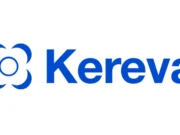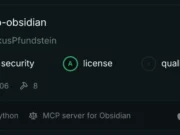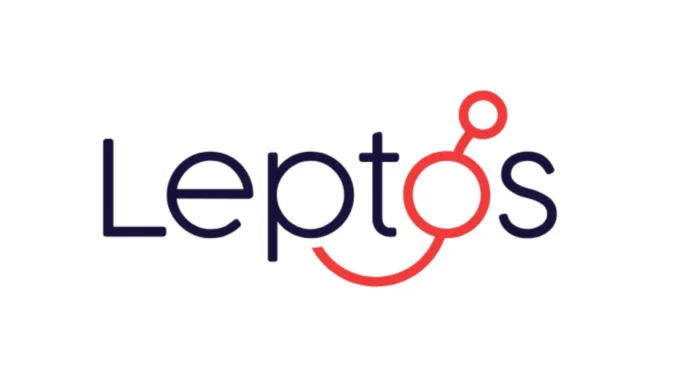Leptos is a modern, full-stack Rust web framework designed for building highly performant, reactive, and declarative user interfaces.
It leverages fine-grained reactivity to provide developers with a seamless experience for creating dynamic web applications. Let’s explore the tools and functionality that make Leptos stand out.
Key Features And Tools In Leptos
- Fine-Grained Reactivity
At the core of Leptos is its reactive system, which allows developers to create highly efficient applications. Reactive signals in Leptos track state changes at a granular level, ensuring only the necessary parts of the UI are updated.- This eliminates the overhead of virtual DOM diffing, making it faster than frameworks like Yew or Dioxus.
- Declarative UI Creation
Leptos provides a declarative approach to building user interfaces using itsview!macro or builder syntax. Developers can define how the UI should look, and Leptos ensures that the browser reflects these changes efficiently. - Full-Stack Capabilities
Leptos supports both client-side and server-side rendering, as well as server-side rendering with hydration. This flexibility enables developers to build apps that can render HTML on the server while adding interactivity in the browser. - Isomorphic Server Functions
One of Leptos’s standout features is its ability to write isomorphic server functions.- These functions allow developers to write server-side logic (e.g., database queries) alongside client-side components, simplifying development and reducing the need for separate APIs.
- Integration with Rust Ecosystem
Thecargo-leptostool simplifies project setup and builds processes for both client and server applications. With starter templates and seamless integration with frameworks like Actix or Axum, developers can quickly get started with production-ready projects. - Streaming HTML Rendering
Leptos supports streaming HTML rendering, including out-of-order streaming of<Suspense>components. This improves performance by allowing parts of a page to load incrementally.
Leptos makes it easy to create interactive components like counters:
#[component]
pub fn SimpleCounter(initial_value: i32) -> impl IntoView {
let (value, set_value) = signal(initial_value);
view! {
<div>
<button on:click=move |_| set_value(0)>Clear</button>
<button on:click=move |_| set_value.update(|v| *v -= 1)>-1</button>
<span>"Value: " {value} "!"</span>
<button on:click=move |_| set_value.update(|v| *v += 1)>+1</button>
</div>
}
}Leptos offers a robust toolkit for building reactive, full-stack web applications in Rust. Its fine-grained reactivity, declarative syntax, and seamless integration with server-side logic make it a powerful choice for modern web development.
Whether you’re building a simple single-page app or a complex full-stack solution, Leptos provides the tools you need for success.

















